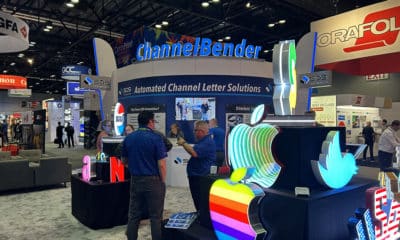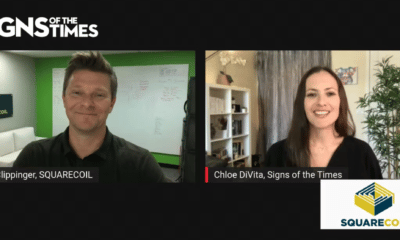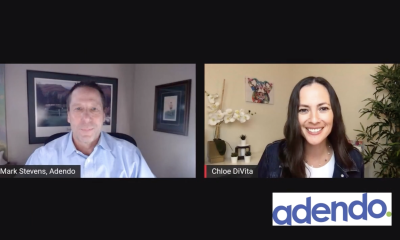As far back as Q2, 2001, we knew the economy was rumbling, but, at that time and compared to now, the troubles were such niggling things as declining orders in America’s manufacturing and technology sectors. Those were the good old days.
As you know, the economic bubble began its slow-motion burst in Q2, and, soon after that, Osama Bin Laden shot us in the butt. Subsequent accounting recorded major job and business losses. New York City Mayor Rudolph W. Giuliani reported $80 billion in losses in that city alone, along with 100,000 job cuts.
And 3,646 dead.
One International Money Fund (IMF) forecast says to expect a global recession for this year and next, but those officials added that making economic projections after the Sept. 11 assault was like "trying to read tea leaves."
I’ll bet.
Both President George W. Bush and Mayor Giuliani said the best action we can take against terrorism is to get on with our lives — but they unfortunately didn’t offer guidelines on how to stabilize your business — and get new business — during these times of tea-leaf economics.
Advertisement
Reviewing a few basic insights may help.
Few tasks are more difficult than seeing the world as it really is and changing it. For example, the Vikings, ancient Greeks and Romans built their sailing ships by attaching planks, bottom to top, one by one. Once the shell was complete, these shipwrights installed ribbings and braces. See this as building a house’s outer walls and then nailing in the joists, studs and rafters. European shipwrights reversed the system in the late Middle Ages and correctly constructed a ship’s framework — the keel and ribs — before applying the planks. This procedure allowed them to build much larger ships.
At about the same time, marine engineers designed new sail forms that allowed crafts to travel closer into the wind, which allowed captains more versatility in choosing courses and destinations. These new configurations, coupled with larger ships, provided a base for Europe’s expansion overseas, including Columbus’ trip to the Americas.
And all it took was for one weird shipwright — he or she probably wore a nose ring — to reverse ordinary procedures.
Insight: Re-invent your wheel, even if it is a small one.
Cash flow is paramount in bad times, and you get it by either cutting expenses or bringing in more currency. General Motors (GM) recently chose to cut expenses by closing its St. Therese, Quebec plant, the production site for GM’s Chevrolet Camaro and Pontiac Firebird. GM says the sports-coupe market is dead and that it will build its last Chevrolet Camaro in September 2002. At that time, the Camaro and Firebird will join Oldsmobile and Plymouth on the automotive dead list.
Advertisement
The cut will save millions.
One sure way to bring in business while cutting technology costs and development time, is to buy it. You’ve seen the series of acquisitions between the digital-imaging firms of ANAgraph, Cymbolic Sciences, Onyx Graphics and its one-time leader and procurer, Raster Graphics. All, at press time, are part of Gretag’s Professional Imaging Div. (San Jose, CA).

 Tip Sheet1 week ago
Tip Sheet1 week ago
 Photo Gallery3 days ago
Photo Gallery3 days ago
 Ask Signs of the Times5 days ago
Ask Signs of the Times5 days ago
 Real Deal2 weeks ago
Real Deal2 weeks ago
 Benchmarks1 week ago
Benchmarks1 week ago
 Photo Gallery6 hours ago
Photo Gallery6 hours ago
 Women in Signs2 weeks ago
Women in Signs2 weeks ago
 Women in Signs1 week ago
Women in Signs1 week ago













